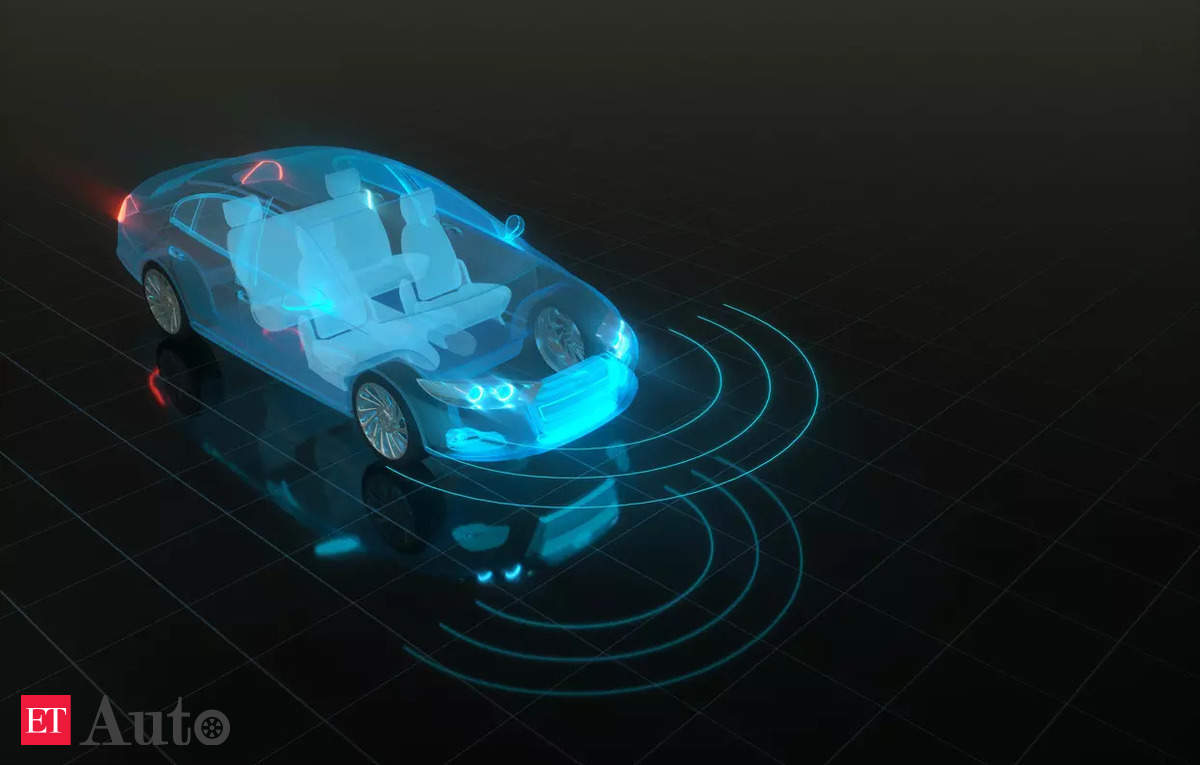
New Delhi: As the automotive industry is leveraging the new technologies, companies which are now using autonomous systems and ADAS features, are adapting artificial intelligence (AI) and machine learning (ML) in areas like ADAS, manufacturing facilities, and even supply chain systems. Going forward, generative AI is expected to become a game changer.
By 2030, it is estimated the AI industry will be investing USD 74.5 billion for the automotive industry alone. This is a 20X increase in the next seven years over what the industry is spending today.
“This is only 4% of the opportunity for AI across all industries in the world. The total 2030 investment is estimated to be an astounding USD 1.85 trillion,” says Wendy Bauer, General Manager Automotive & Manufacturing, Amazon Web Services (AWS).
About the role of machine learning and generative AI during her keynote address ‘How the cloud is enabling and democratizing access to generative AI technology and what use cases can benefit your business’ at IAA Mobility 2023, Bauer shared how the need to collaborate looks different and is on an entirely new level now.
In customer journeys during the vehicle purchase phase, companies are looking at leveraging AI to automate backend processing or submission of loan documents. They are also provided with the opportunity to incorporate fraud detection capabilities, while simultaneously offering personalized incentives to end customers.
According to Bill Vass, VP- Engineering, AWS, one must make sure while using generative AI that it is secure, train it with your intellectual property, make sure your intellectual property stays with you and doesn’t go to your competitors, remove the heavy lifting, there’s a huge amount of compute power behind these, you should be able to just click a button, you have very low latency and go with it.
Generative AI could be a game changer for vehicle designs. It is accelerating computational fluid dynamics to just minutes instead of hours or days. This allows the design cycle for Formula One and others to happen very fast. And this is sort of the first edge of generative AI being able to generate these models very quickly and project that. But the difference with generative AI is instead of identifying it creates the figure.
“Architects and engineers, and people who design products are going to be very involved with it. You will have avatars and assistants to help you in that space, and that will really accelerate things,” Vass said.
During design optimization, AI enabled attributes like cost capacity and material availability can be used to fine tune products during design times, thus reducing the ultimate number of design iterations that must occur.
In manufacturing and supply chains, AI is making a meaningful impact. Predictive Maintenance for instance, can be used with guided troubleshooting, or supply chain risk simulation. For aftersales, AI can be used to support customers by suggesting more accurate maintenance timing and by automatically scheduling appointments.
For retention and loyalty, AI helps to maintain multiple sources of customer data to create a more complete image of the customer persona. This provides the opportunity to understand that customer over their lifetime journey as perhaps their preferences change.
“AI is a way to describe any system that can replicate the task that previously required human intelligence. Most AI use cases look for the highest probability outcome and make a prediction or a decision with high degrees of certainty, similar to human judgment. Most AI systems that we see today are created using machine learning, which require large amounts of data to create and validate decision logic,” Bauer said.









